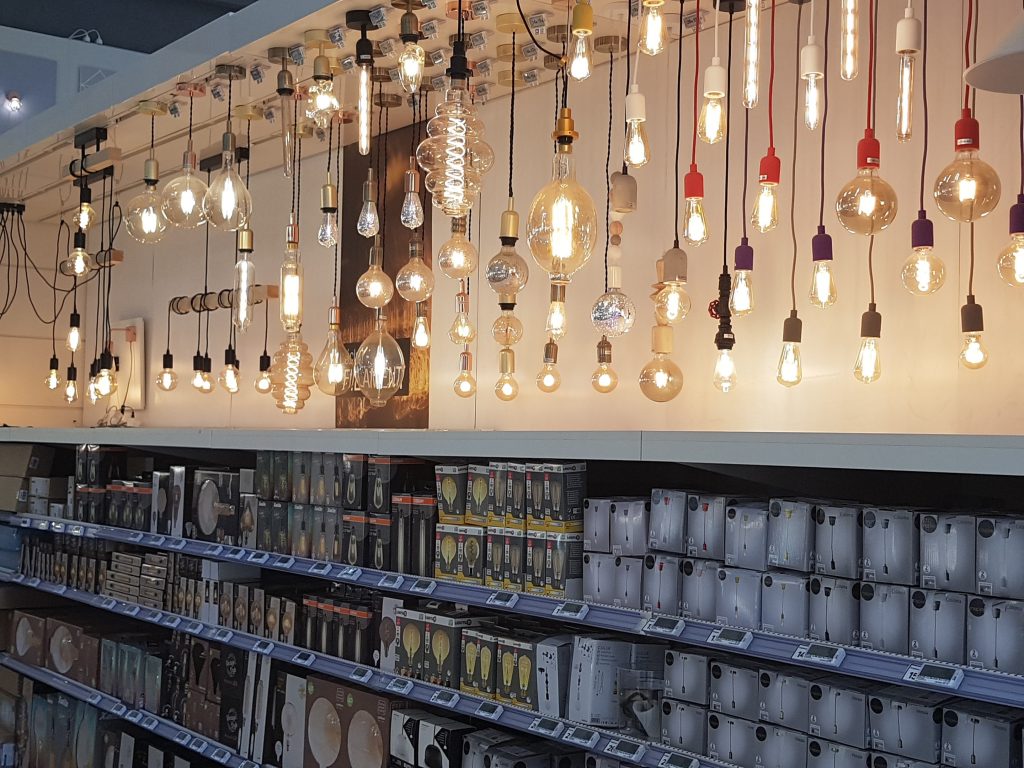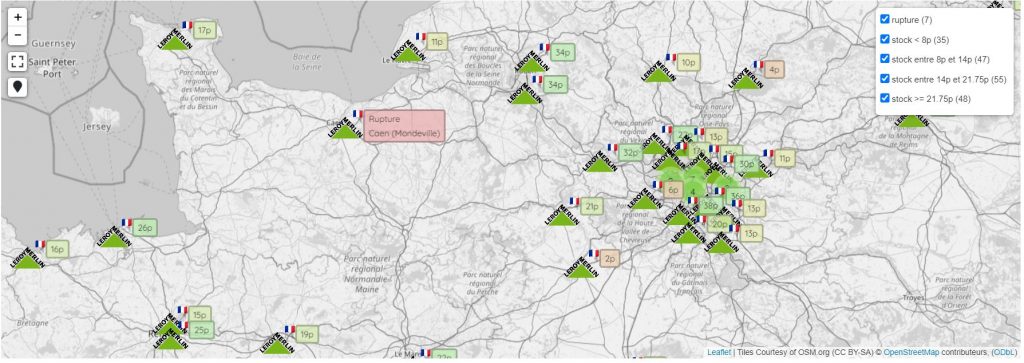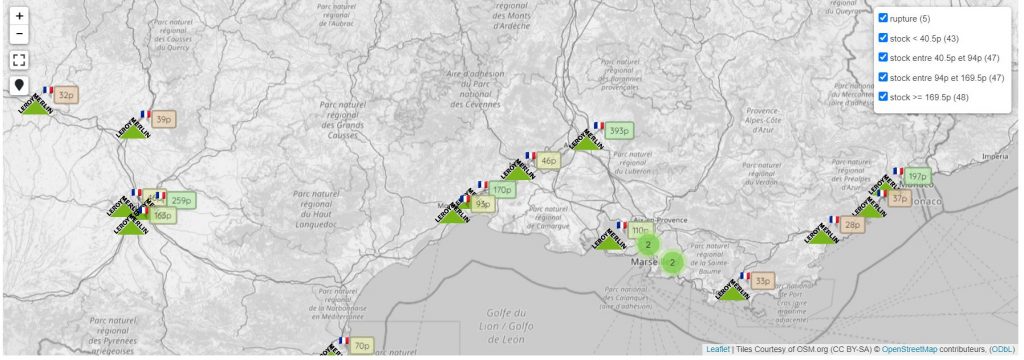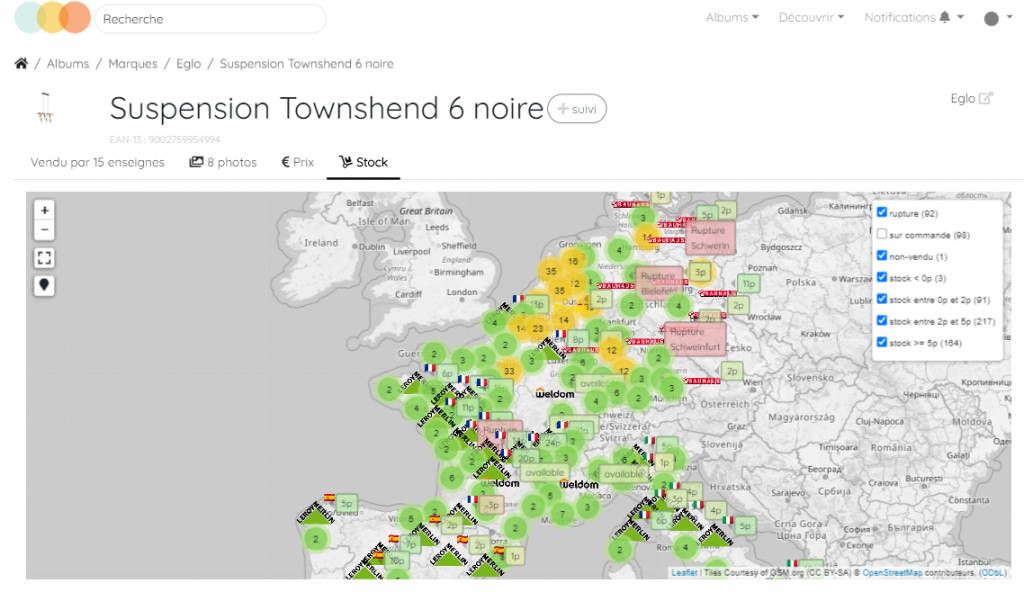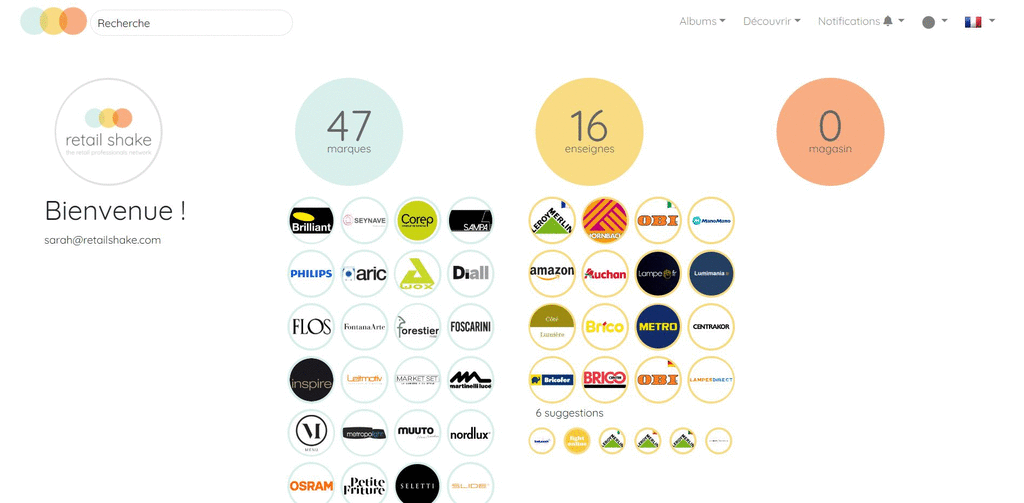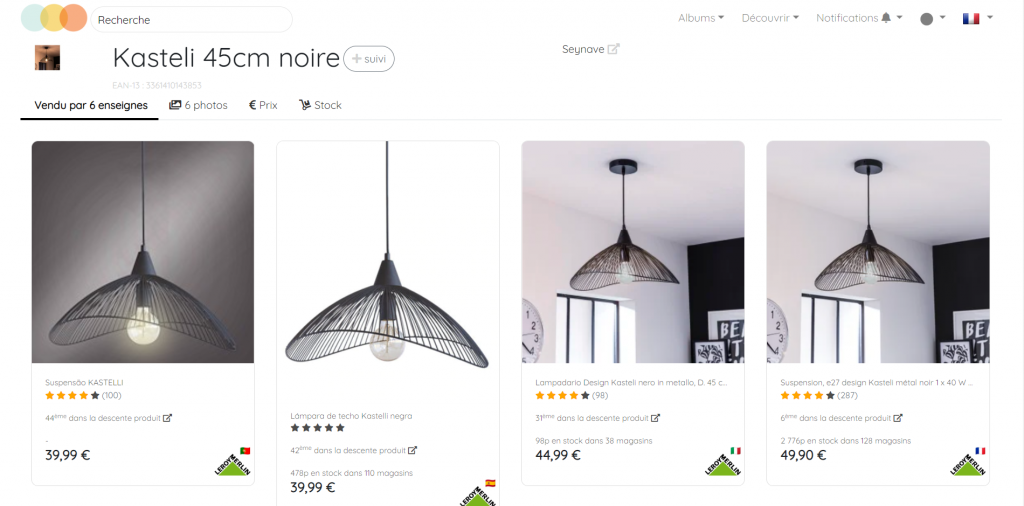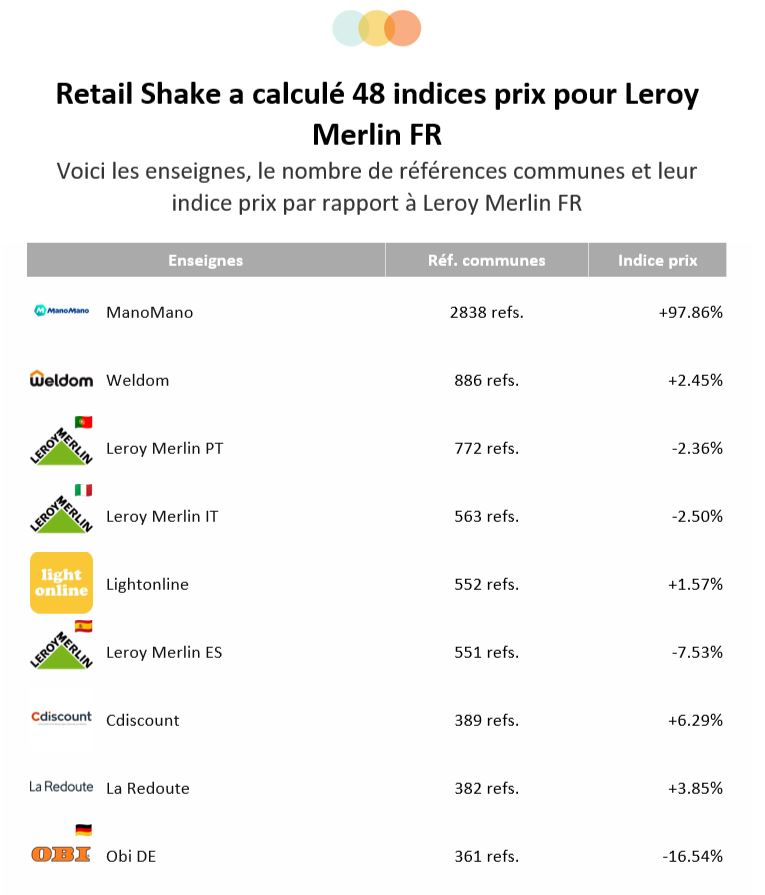
How to effectively evaluate the competition in 5 steps
Benchmarking is a means by which a business analyzes its performance in relation to the closest competition. First introduced as far back as 1979, this practice has now become commonplace throughout the professional community. Not only can benchmarking provide second-to-none levels of insight and clarity, but it is often employed to shape future strategies in order to remain one step ahead of the game.
There are nonetheless some professional tips and tricks to embrace to make the most out of this type of analysis. It is wise to take a closer look at some crucial takeaway points so that the right decisions can be made at the appropriate times.
1. Identify the Primary Competitors
Industry intelligence will arise as a result of highlighting the relevant competition. Once these companies have been identified, pertinent factors such as pricing points and ongoing marketing campaigns can be analyzed. Furthermore, narrowing down the competition will provide more concise results and help to avoid spurious data that might otherwise lead to the wrong conclusions.
2.Highlight the Metrics to be Measured
What variables will be considered during the benchmark process? Although these may differ in accordance with the business in question, here are some common examples:
– CRM (customer relationship management) techniques
– Website optimization and layout
– Online marketing channels used
– The price of products and/or services (known as a competition price survey)
– Social media presence
– Client satisfaction rates
Clarifying these and similar themes will help provide actionable results which can then be incorporated into an ongoing marketing campaign.
3. Note the Major Disparities
The efficacy of any competitive intelligence campaign will depend upon what differences are noted and how these impact the organization as a whole.
For example, an ongoing price watch may indicate that the cost of a product needs to be adjusted in order to keep abreast of a local firm. Perhaps a close competitor enjoys a much higher social media following. This scenario indicates that more focus needs to be placed upon developing a stronger presence within these circles. The main takeaway point here is that understanding the strengths and weaknesses of the competition is the first step towards leveraging the appropriate solutions.
4. Implement the Appropriate Changes
Assuming that the above steps have been completed, it will then be necessary to enact the changes themselves. Note that some modifications (such as offering a specific discount) may yield results quicker than others (such as developing a solid presence throughout social media portals).
It is normally best to delegate these actions to a dedicated in-house sales and/or marketing team. This will likewise provide the insight required to better appreciate if further adjustments may be needed.
5. Proactively Monitor the Results
One final strategy that is often overlooked involves monitoring the impacts of a benchmark analysis. This is crucial, as some strategies may work better than others. Simply stated, it is always better to ask “how are we doing?” as opposed to “how did we do?”. The good news is that cutting-edge competitive intelligence tools such as those offered by Retail Shake will help to take the guesswork out of the equation.
Businesses can now employ bespoke centralized software platforms in order to monitor the results of an ongoing campaign while keeping track of important metrics. It is likewise possible to share this information with other stakeholders; dramatically reducing the time required to appreciate the results of ongoing efforts.
Benchmarking should represent a crucial facet of any well-rounded approach to industry intelligence. Following the recommendations highlighted above will ensure that the right decisions are made at the appropriate times.



